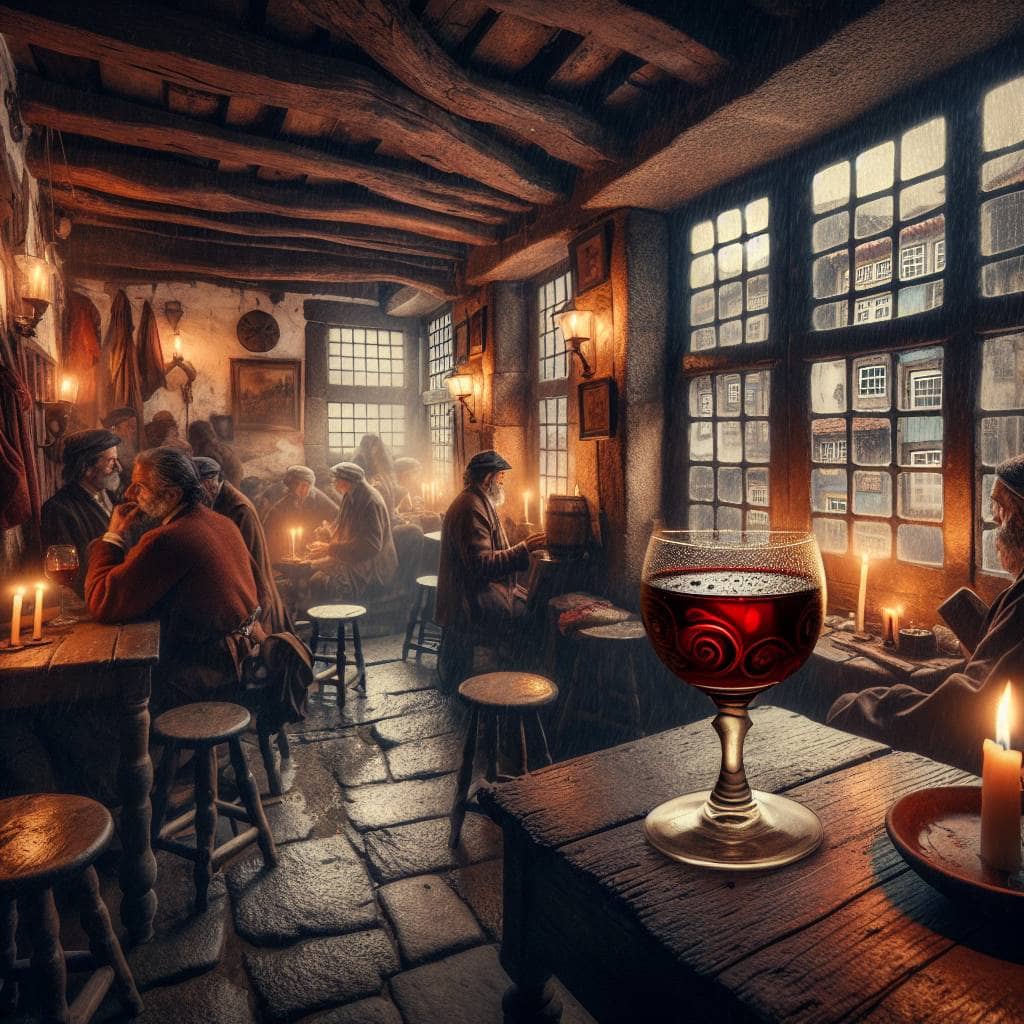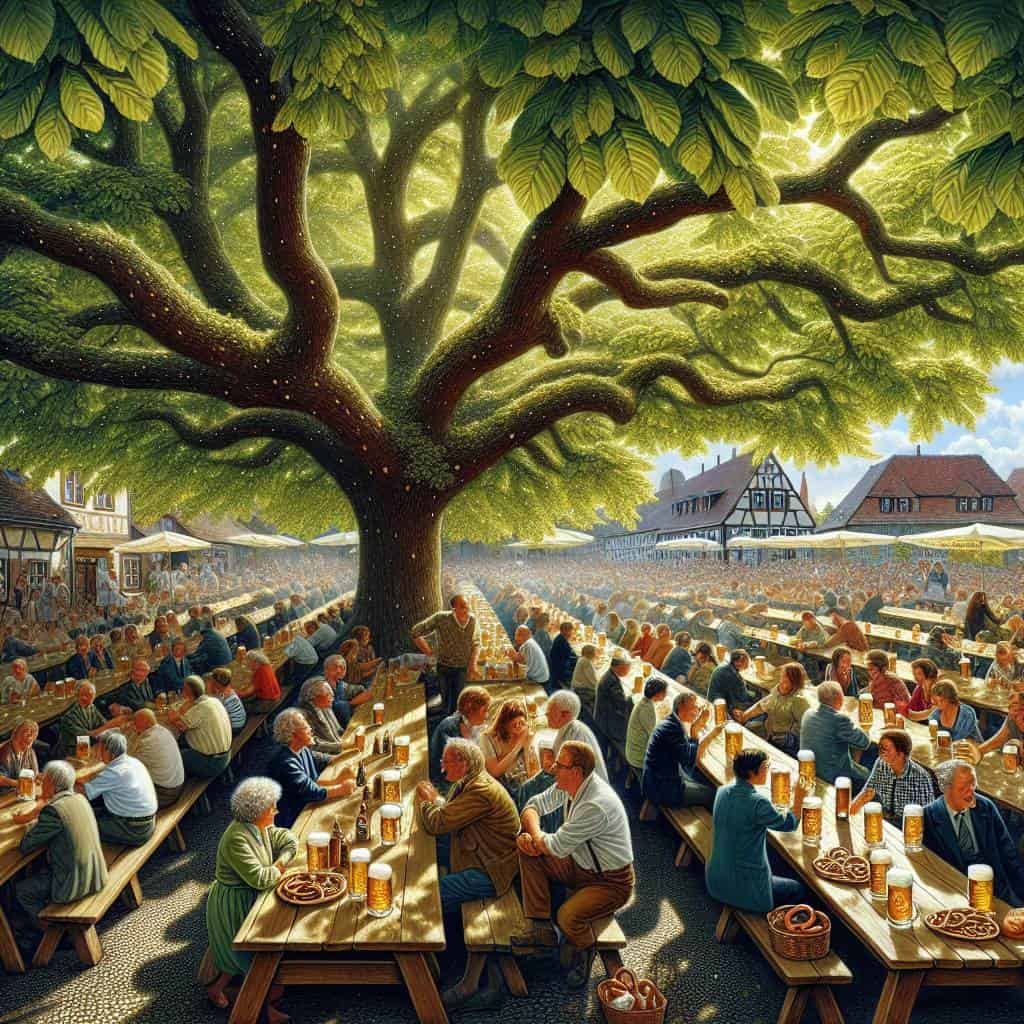I first tasted Portuguese port wine in a dimly lit tavern in Porto, lured by the promise of liquid history in a glass. Or maybe I was just trying to escape the incessant rain that seemed intent on drowning the city. Either way, there I was, a skeptical journalist with a palate more accustomed to bitter coffee than sweet wine. The locals at the bar eyed me with a mix of pity and amusement—an outsider clearly out of his depth in this sacred ritual. My first sip was a revelation. Not in the divine sense, but in the “Oh, this is why people keep drinking it” kind of way. The flavors were bold, unapologetic, and as complex as the city’s cobblestone streets. Suddenly, I understood why Porto reveres its wine like a deity.

So, what can you expect from this article? A no-nonsense exploration of Porto’s liquid gold, served with a side of history, a dash of culture, and a splash of my own cynical charm. We’ll wander through the musty cellars where this fortified nectar ages gracefully, delve into the types that define it, and even brave the tourist traps disguised as authentic tasting experiences. Whether you’re planning a visit or just curious about what makes this wine tick, consider me your candid guide on this spirited journey.
Table of Contents
Porto’s Liquid History: A Tasting Tour That Stumbled Through Time
I found myself wandering through Porto’s cobblestone streets, where time seemed to have left its mark not just on the walls but in the wine glasses. Port wine isn’t just a drink here; it’s a living chronicle of Portugal’s past, one fortified sip at a time. As you enter the dark, cool cellars, it’s easy to imagine the centuries of sailors, traders, and tastemakers who stumbled through these very doors, seeking to bottle not just wine, but a piece of history. You see, Porto doesn’t do the whole touristy wine tour gimmick. It’s not about swirling glasses and muttering about “hints of oak.” It’s about immersing yourself in a tradition that’s been lovingly and begrudgingly passed down through generations.
The variety of port is as intriguing as the stories behind them. Tawny, Ruby, Vintage—each type tells a different tale. Some speak of young, brash years when the wine was hastily consumed, while others are aged relics, sipping slowly through time, almost as if they’re contemplating their own existence. And here’s the kicker: visiting Porto isn’t about finding the “best” port wine. It’s about understanding how these wines have shaped the city. They’re the kind of historical artifacts you can taste, even if they leave you a little unsteady on your feet. But isn’t that the point? To let the years wash over you, to stumble a bit, as you get a taste of Porto’s liquid history.
Porto’s Liquid Time Machine
Sipping a glass of Portuguese Port in a dimly lit Porto cellar feels like whispering secrets with centuries past. Each type of tasting tells its own story, from the cobbled streets outside to the vines that cling to the Douro Valley slopes.
Porto’s Unyielding Spirit: Beyond the Cellars
Leaving Porto, I realize the city doesn’t just offer a taste of Port; it offers an immersion into its resolute spirit. Tasting Port in the shadows of those ancient cellars, I felt the passage of time etched into each cobblestone, each glass. It’s more than a wine—it’s a story of resilience, much like the city itself. The Douro Valley may produce the grapes, but Porto gives them a narrative, one where the past and present collide in every sip.
As I walked away from the tasting rooms, there’s a comforting thought that lingers. Porto doesn’t just preserve its history; it celebrates it with every splash of tawny and ruby. The types of Port are as varied as the tales spun in the taverns lining the river. And just like that first unexpected sip, Porto challenges you to rethink what you thought you knew about wine. It’s a city that dares you to dig deeper, to taste not just with your palate, but with your mind and heart. And isn’t that the real journey?


